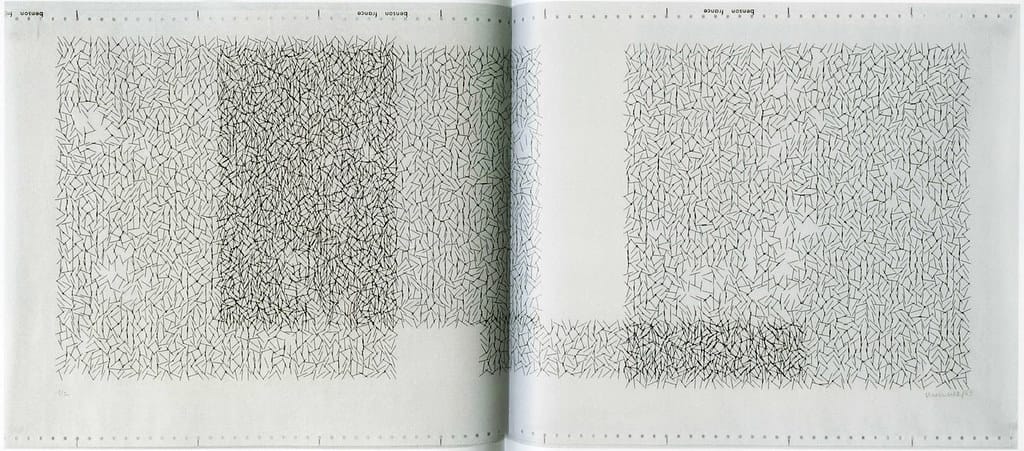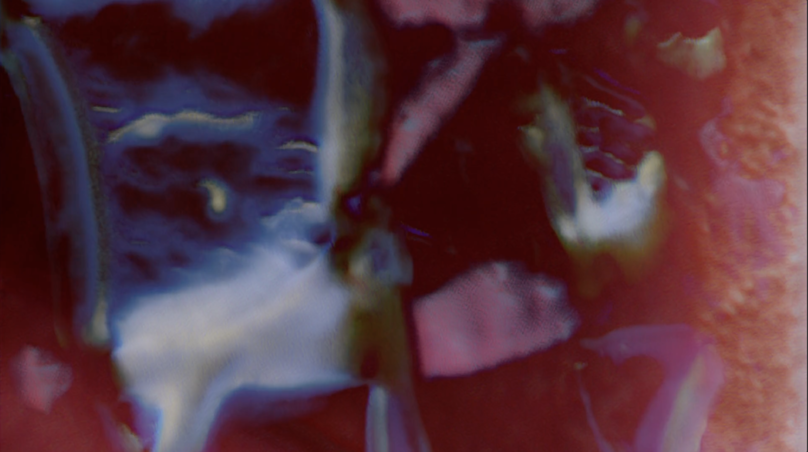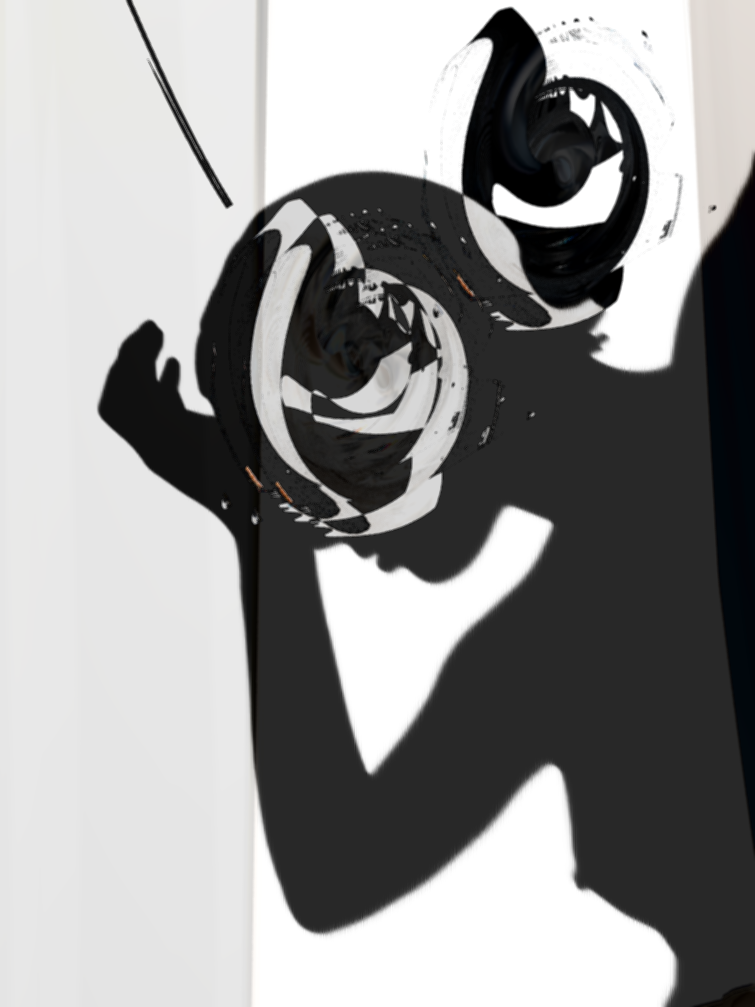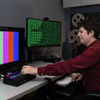Infinite Images: Artist’s New Tools – Art, Code & Generative System is currently on view at Toledo Museum running through November 2025. The exhibition documents how artists past and present have incorporated algorithms, coding, and generative processes to re-imagine image making.
The show features pieces by pioneers such as Vera Molnár, Josef Albers, and Sol LeWitt, alongside contemporary artists including Zach Lieberman, Casey REAS, Sam Spratt, the duo Operator, and Quayola, among others.
The exhibition’s curator Julia Kaganskiy traces the lineage of how mathematical principles have been used in creative ways back to the 20th Century, when artists first started experimenting with geometrical forms and rule-based art in a more conceptual way.
Pioneer Albers launched Homage to the Square (1965), and three years later Molnár produced Interruptions (1968) with one of the first computer-driven plotters. Though they relied on distinct methods, both artists pursued form through repetition and deliberate shifts.

As Kaganskiy writes in the essay Decoding Generative Art: “Artists began exploring how simple geometric shapes and mathematical principles could form the basis for a new theory of aesthetics. Influenced by developments in science, industry, technology, and radical egalitarian politics that sought to create a more democratic art, many of the avant-garde movements of the early twentieth century—including Russian Constructivism, German Bauhaus, Dutch De Stijl, and Concrete art —celebrated logic, order, and a rational, “objective” approach to art and design rooted in mathematics and rule-based systems.”
The essay further suggests that by studying the past we can find contemporary approaches for questions of authorship, control, and emergence. According to Kaganskiy generative art with A.I. doesn’t have to be a zero sum game but rather a collaborative creative process, with the potential of expanding creativity “by designing systems rather than objects and establishing rules rather than predetermined outcomes, artists create frameworks for emergence—spaces where the planned and the unforeseen can coexist.”

The artists selected for Infinite Images represent this mindful approach towards the use of technology in a variety of ways. For example Casey Reas, co-founder of visual programming language Processing, presents his work Century which he describes as a "love letter to the art of the 20th century", drawing inspiration from Ellsworth Kelly’s minimalist paintings and George Ricky’s kinetic sculptures, which are activated by air currents and exhibit "soft subtle hypnotic motion."
Sam Spratt, a painter with classical training, describes his transition into generative art as an effort to "industrialise" his process by "cloning myself making a thousand of my hands that move exactly where I move and contain all of my past". His immersive installation, Masquerade, breaks apart his painting process into a "file structure", allowing him to create thousands of unique masks based on human contributions. This project fosters a sense of community where people "leave a little dot a little bit of themselves behind".

Dejha Ti, one half of the artist duo Operator, showcases Human Unreadable, a "three-act generative choreography performance" created with code and maths. This artwork makes choreography into a collectible art object, an innovative step in the history of performing arts. Operator's work highlights the tension between privacy and transparency inherent in blockchain technology, with a physical "X-ray machine" sculpture that takes "generative art out of the screen" and presents it through "15 layers of tempered glass". Ti recounts how their work utilises tools like p5.js, developed by Casey Reas, connecting their practices across generations.
The artists featured in the exhibition all share the ability to creatively collaborate with autonomous systems, which could be key to the future of human creativity. Those who engage thoughtfully with AI and automation may ultimately shape what creativity looks like in the digital age.





